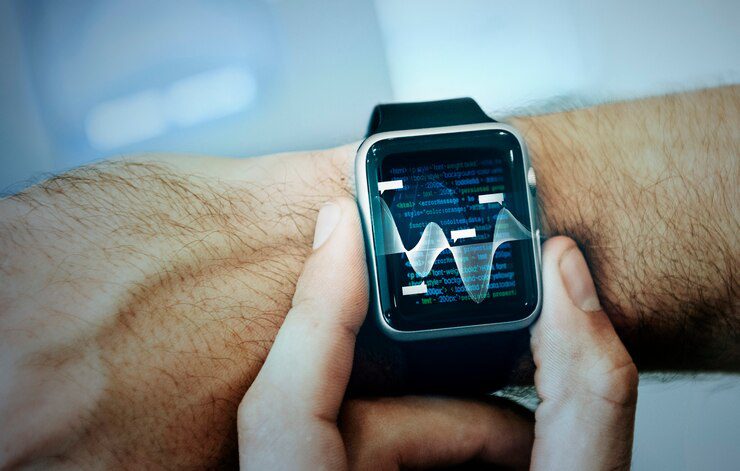In recent years, wearable tech has become a game-changer in the health and fitness industry. From smartwatches that track your steps to wearable ECG monitors that detect heart irregularities, these gadgets have revolutionized how we monitor and manage our health. With advancements in technology, wearable tech is now more accessible and sophisticated than ever, making it an essential part of our daily lives. But what exactly is driving this trend, and how is wearable tech shaping the future of personal health?
The Growth of Wearable Tech
Wearable tech refers to electronic devices that are worn on the body, typically in the form of accessories like watches, bracelets, or even clothing. These devices are equipped with sensors and software that collect data on various aspects of your health, such as heart rate, sleep patterns, and physical activity. The market for wearable tech has seen explosive growth in recent years. According to Statista, the global wearable tech market is expected to reach $62.82 billion by 2025, up from $18.84 billion in 2017.
So, what’s fueling this surge in popularity?
Increased Health Awareness: As more people become conscious of their health and well-being, they’re turning to wearable tech for continuous monitoring and personalized insights.
Technological Advancements: Improvements in sensor technology, battery life, and data analysis have made wearable devices more accurate and user-friendly.
Integration with Smartphones: The seamless integration of wearable tech with smartphones has made it easier for users to track and manage their health data in real-time.
The Impact of Wearable Tech on Personal Health
The rise of wearable tech has had a profound impact on how people manage their health. Here’s how wearable tech is changing the game:
Personalized Health Insights
One of the biggest advantages of wearable tech is its ability to provide personalized health insights. Unlike traditional healthcare, which often relies on periodic check-ups, wearable devices offer continuous monitoring. This allows users to health monitoring in real-time and make informed decisions based on their unique data. For example, a smartwatch can alert you if your heart rate is unusually high or low, enabling you to take action before a minor issue becomes a major problem.
Encouraging Physical Activity
Wearable tech has also been instrumental in promoting physical activity. Fitness trackers, for instance, are designed to motivate users to stay active by setting daily step goals, tracking calories burned, and even sending reminders to move if you’ve been inactive for too long. A study published in the American Journal of Preventive Medicine reveals that individuals using fitness trackers walk an average of 2,500 additional steps daily compared to those who do not use them.
Improved Sleep Quality
Sleep is a critical component of overall health, and wearable tech is helping people get the rest they need. Devices like sleep monitors track your sleep patterns, including how much time you spend in each sleep stage. This data can be used to identify sleep issues and make necessary adjustments to improve sleep quality. A study by the Sleep Foundation found that individuals who used wearable sleep trackers improved their sleep efficiency by 10% over six months.
Chronic Disease Management
For individuals with chronic conditions like diabetes or heart disease, wearable tech offers a lifeline. Devices such as continuous glucose monitors and ECG wearables provide real-time data that can help manage these conditions more effectively. According to a report by the World Health Organization (WHO), wearable tech has the potential to reduce the cost of chronic disease management by 10-20%.
The Future of Wearable Tech in Health
The future of wearable tech is bright, with innovations on the horizon that promise to make these devices even more indispensable. Here are some trends to watch:
Advanced AI Integration: Artificial intelligence will play a larger role in analyzing the vast amounts of data collected by wearable tech, providing even more accurate and actionable insights.
Non-invasive Monitoring: Future wearables may be able to monitor vital signs without direct contact with the skin, making them more comfortable and user-friendly.
Wearable Medical Devices: The line between consumer wearables and medical devices will continue to blur, with more FDA-approved wearables entering the market.
Conclusion
Wearable tech is no longer a luxury—it’s becoming a necessity for anyone serious about taking control of their health. From tracking fitness goals to managing chronic diseases, these devices offer a range of benefits that make them indispensable in today’s fast-paced world. As technology continues to evolve, wearable tech will only become more powerful and integrated into our daily lives. Whether you’re a fitness enthusiast or someone looking to monitor their health more closely, wearable tech has something to offer everyone. So, if you haven’t already, it’s time to jump on the wearable tech bandwagon and take your health into your own hands!







